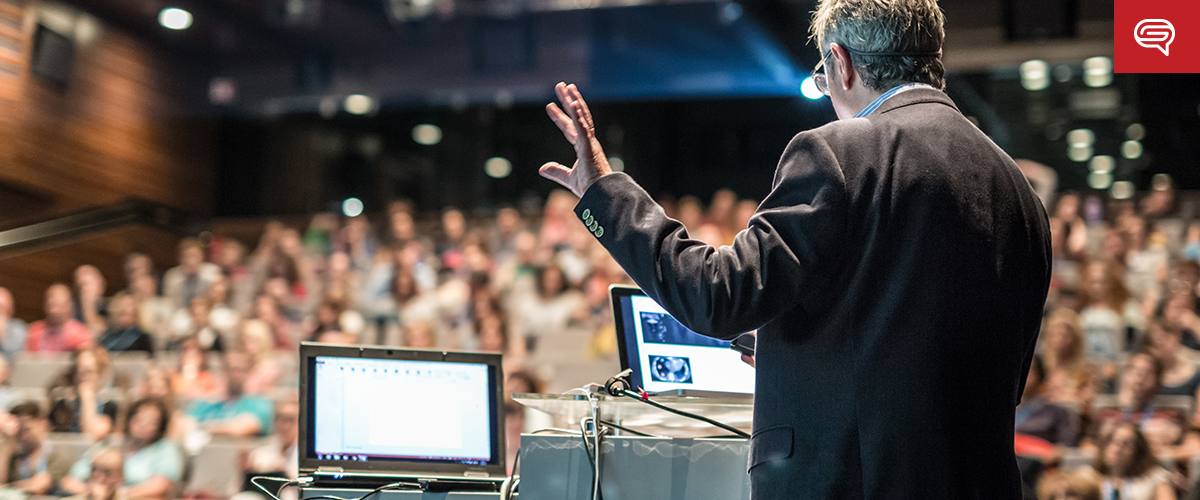
Nothing starts out perfect. After doing research and organizing your presentation, it’s absolutely necessary to double-check your work. The rough draft we all start with often has plenty of room for improvement. These could come in the areas of grammar, fact-checking, or coherence. Vigilant proofreading is the key to minimizing mistakes.A common misconception about proofreading is that you have to check for all types of mistakes at once. However, checking for one type of mistake at a time is actually more efficient than trying to correct everything in one go. Here are some tips on how to efficiently double-check content:
1. Read Your Work Backwards
Reading backwards helps you spot those spelling mistakes easier. When you read a work as is, your brain automatically corrects slight errors in your draft. This can make you overlook small issues, like spelling slips and punctuation errors. According to Granta Magazine’s Yuka Igarashi, the brain doesn’t have the same impulse to auto-correct when you’re reading backwards.Some mistakes are easier to spot when you read from finish to start, especially for minor errors.
2. Set Your Work Aside
After getting the basic stuff out of the way, it’s time to look at your flow. As we’ve established in the previous point, being too familiar with your work makes it difficult to notice its flaws. Knowing your own intentions beforehand may cloud your judgment in proofreading your own content.Let some time pass before reviewing your work. Take a walk, go outside, or read something else. The point is to help you forget about your work until it’s time to review it. You won’t be as attached to what you’ve written after taking a break from it.However, if you’re pressed for time, you can also ask for someone else’s opinion.
3. Print It Out and Read It
For an overall run-through, print out a physical copy and read it. In relation to our previous point, you can even add more distance between you and your work by having someone else read it. The important thing is to keep it out of your head. Sometimes your work makes more sense when you read quietly to yourself.But once you start reading it out loud or have someone else read it for you, you can see what you’ve written in a different way. Reading your work aloud makes you more conscious of your tone, transitions, and word choice. If you’re asking someone else to read it out for you, you can also ask for their feedback.This puts you in the shoes of a listener experiencing your presentation for the first time. –Content is the foundation of any output. Double-checking your content is a vital step to the polished end product. Besides some of the already well-known proofreading techniques, try being innovative in reviewing your content. Read your work backwards, read it aloud, and set it aside for some time or have someone else read it for you.Any of the above methods will help you cover any blind spots you missed. Once you’ve got your content ready, it’s time to craft the other parts of your pitch. To help you with the rest of your presentation needs, contact our SlideGenius experts today.
–Content is the foundation of any output. Double-checking your content is a vital step to the polished end product. Besides some of the already well-known proofreading techniques, try being innovative in reviewing your content. Read your work backwards, read it aloud, and set it aside for some time or have someone else read it for you.Any of the above methods will help you cover any blind spots you missed. Once you’ve got your content ready, it’s time to craft the other parts of your pitch. To help you with the rest of your presentation needs, contact our SlideGenius experts today.





